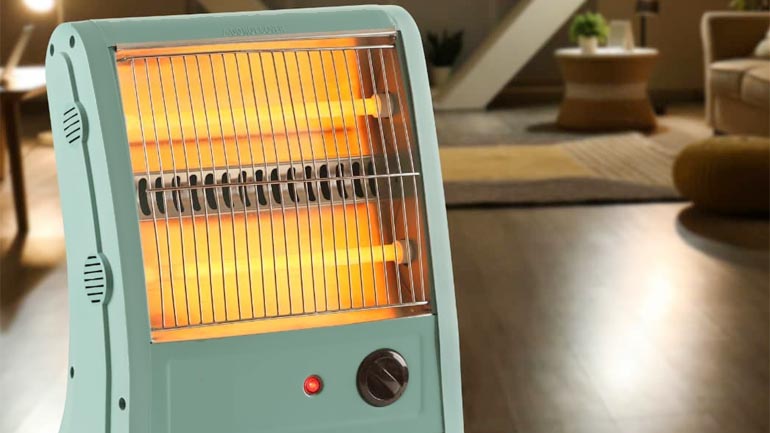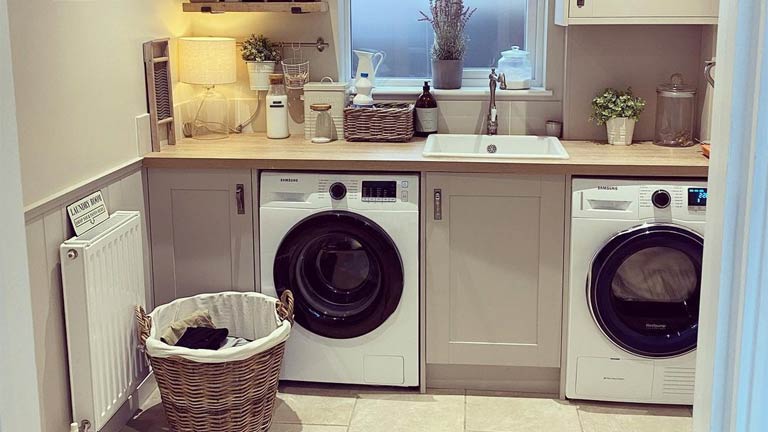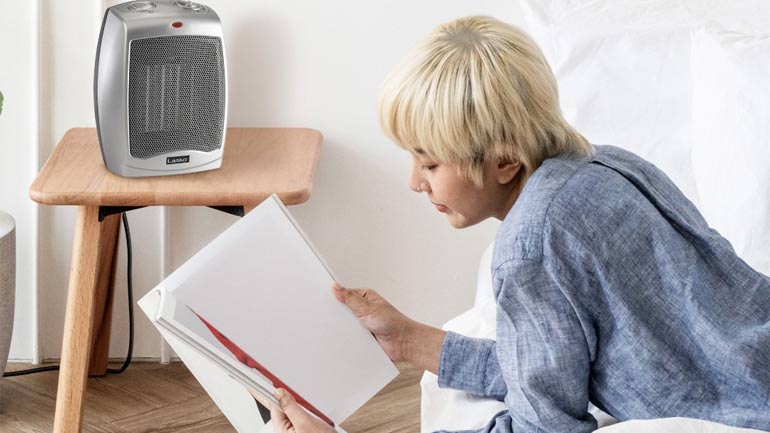
Space heaters are a great way to keep a large room cozy without paying hundreds of dollars per month for central heating. However, they can be a bit complicated to choose, especially if you’re not familiar with their design and mechanics.
When shopping for a top space heater, there are many variables to consider, including wattage, power source, size, and shape.
Tackling your task armed with the proper knowledge can help make sure you get the best possible value for your dollar. Here is what you need to know about purchasing space heaters that will keep you warm without breaking the bank.
Understand Your Space and the Heater’s Storage Requirements
One of the most important considerations is finding a heater that can meet the quantity and quality of your space’s output. It won’t produce enough heat to warm the area adequately if it is too small.
If a heater is too large for your room, it could mean wasted energy costs as it remains unused when not needed or fills up valuable floor space in smaller areas of your home or office. A good rule of thumb is to allow 15–20 watts per square foot of space.
Space Heater Types
You can choose from two types of heaters: radiant and convection types. Radiant heaters are best suited for heating small rooms, while convection ones work best for warming up large spaces like living rooms or bedrooms.
The most common is a radiant heater, which has an element that heats metal coils, and then that heat is distributed throughout your room. Radiant space heaters come in two styles: forced-air or fan-forced.
- Forced-air heaters use a fan to distribute the heated air.
- Fan-forced heaters rely on natural convection currents to circulate the warmed air.
Safety Feature and Portability
Consider safety features when choosing a space heater for your living room or bedroom. The top space heater comes with built-in safety features such as automatic shut-offs that turn off if they overheat, tip over, or if they detect smoke or fire to prevent accidents from occurring in your house. Also, focus on buying a portable electric heater with wheels such as a ceramic heater if you want more flexibility and convenience.
Consider Your Ceiling Height
Usually, a small space heater isn’t going to be up to par if you have a room at least ten feet tall, though that depends on your heat output requirements and climate. On average, however, if you have a room with a higher ceiling than ten feet, you might need something more significant than what would typically work well in an average-sized room.
Research Brands
Keep in mind that you’ll want to invest in a heater that has positive reviews and is durable. Once you’ve narrowed down your search to a couple of brands, it will be time to compare prices and features. While price is an essential factor, parts are also worth considering, especially if they relate directly to energy efficiency.
The Bottom Line
Always check the energy efficiency rating when looking for a top space heater. It’s usually given in Btu per hour. The higher number means you get more heating power out of less energy, and it also means that your heater is more cost-effective to run and lower in cost over time. If they don’t have an efficiency rating or it’s listed as unknown, avoid them at all costs.




